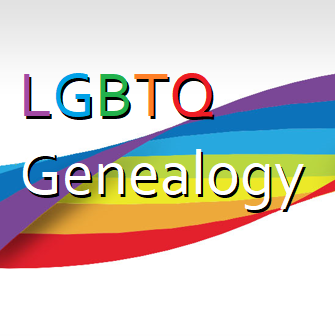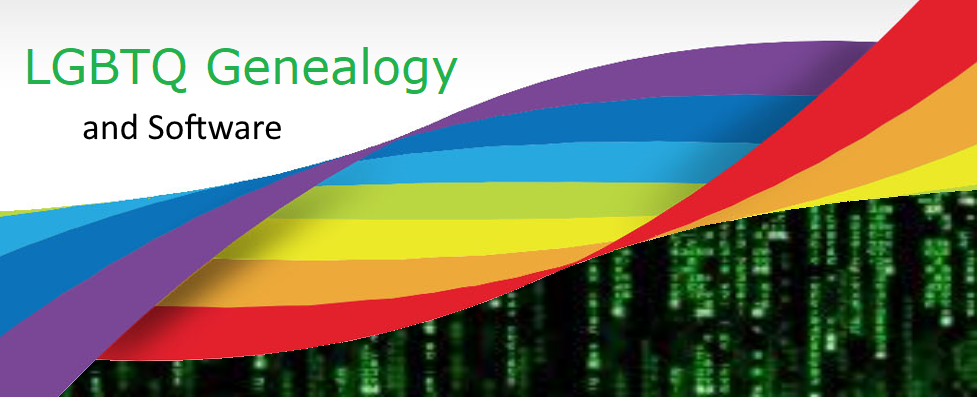Exploring the Origins and Impact of Gayborhoods
The inaugural gay pride marches, held in 1970 on the anniversary of the Stonewall Riots, in New York, Los Angeles, San Francisco, and Chicago, marked a pivotal moment in LGBTQ history. Why did those early marches, now known as Pride Parades, happen in these cities? Because these major urban centers had large concentrations of queer folk due to the military’s policies of intolerance. Let’s take an abbreviated look at how the world-famous Castro neighborhood came to be in San Francisco.
Before and during World War II, specifically the Pacific Theatre, service men separated with Blue or Dishonorable discharges were dropped off at the port of San Francisco. Unable to return home due to the stigma associated with their military expulsion, they chose to stay in the area. Consequently, a community began to form in the San Francisco Bay Area as these individuals sought support from one another. Polk Gulch in San Francisco became one of the initial gay neighborhoods, fostering gay bars and bookstores. The 1950s and 1960s saw a phenomenon known as “white flight” to the suburbs, making Victorian homes in San Francisco’s Eureka Valley available at affordable prices. This led to the migration of homosexuals from areas like Polk, Haight, and Tenderloin to Eureka Valley, now known as The Castro. Harvey Milk opened Castro Camera in 1973.
Similar transformations unfolded in other major cities such as New York’s Greenwich Village, Los Angeles’ West Hollywood, and Chicago’s Boystown. Post-World War II queer communities also sprouted in Seattle, Miami, and New Orleans, with subsequent decades witnessing the rise of LGBTQ neighborhoods in cities worldwide.
Here is a Wikipedia article on Gay Villages and a list of Gay Villages around the world.
For genealogists researching clues on their ancestors’ sexual orientation, examining where that ancestor lived can provide valuable insights. Street addresses found in census data, phone books, or other records can be plotted on a map to determine if they fall within the boundaries of a gay neighborhood. This geographical connection might support theories about an individual’s sexuality.
While traditional phone books serve as a common resource for locating addresses, the existence of gay-specific directories adds another layer of confirmation. Although many historical gay phone books now reside in archives, active guides like LGBTQ Guide, Gay Lesbian Directory, and GayPages.com can still offer assistance. Furthermore, gay travel guides, such as the historic Spartacus Guide, provide approximate boundaries for gayborhoods globally, aiding family history researchers in finding clues.




[…] Neighborhood – were ancestor living in primarily queer areas […]